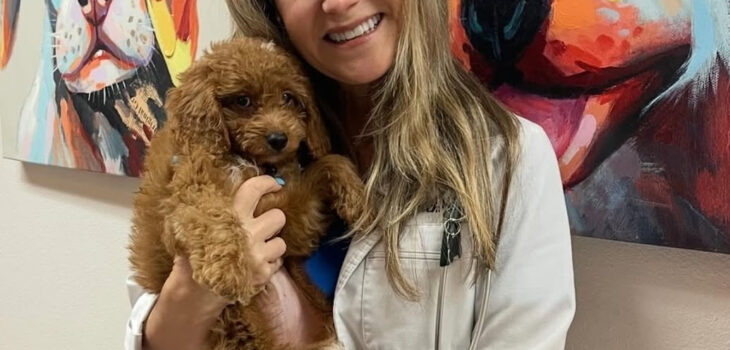 Blog
Blog
Smart Ways to Reduce Veterinary Costs Without Compromising Your…
 Pets bring us so much joy, companionship, and unconditional love—but just like us they require regular health care and get sick from time to time. Unfortunately veterinary care, like medical care, isn’t always cheap.
Pets bring us so much joy, companionship, and unconditional love—but just like us they require regular health care and get sick from time to time. Unfortunately veterinary care, like medical care, isn’t always cheap.
From routine check-ups to unexpected emergencies, veterinary bills can add up quickly. The good news is that there are smart, practical ways to reduce veterinary costs without compromising the health and well-being of your furry friend.
Here are some tips to help you save while still giving your pet the care they deserve:
1. Don’t Skip Preventive Care
It may seem counterintuitive, but staying on top of routine vet visits can save money in the long run. Annual exams, vaccinations, and early screenings can catch problems before they become serious—and expensive. Preventive care like dental cleanings and parasite prevention can avoid costly treatments down the road.
Remember the saying that an ounce of prevention is worth a pound of cure also refers to healthcare costs. Just like routinely changing the oil on your car can save you a costly trip to the mechanic, routinely taking your pet to the veterinarian can diagnose a medical problem early before it becomes more advanced and costly to treat. Not only is it cheaper to treat diseases early, but it is also usually better for your pet’s prognosis.
2. Keep Up with Vaccinations and Parasite Control
Vaccines protect your pet from serious diseases that often are dangerous for your pet and often costly to treat. For example, it is more cost effective to vaccinate your dog against parvovirus than to risk having your dog get parvovirus and spending hundreds of dollars to treat this deadly disease. Likewise, utilizing flea, tick and heart worm preventatives is much cheaper than treating the illnesses they can cause. By spending money on preventive healthcare upfront, you are more likely to avoid big costs and lots of heartache down the road.
3. Spay or Neuter Your Pet
Spaying and neutering not only helps control pet overpopulation but also reduces the risk of certain cancers and infections, potentially saving thousands in future medical costs. Spaying and neutering your pet also makes them less likely to roam and possibly get lost, get in a fight or hit by a car.
4. Maintain a Healthy Weight
Like people, obesity in pets can lead to a number of health problems. Watching your pet’s weight and keeping them trim today can save you money in the future by reducing the risk of diabetes, heart disease, and arthritis, and more importantly, help keep your pet healthy.
5. Consider Pet Insurance or a Savings Fund
It may seem obvious, but pet insurance is one of the best ways pet parents can plan for unforeseen accidents and illnesses. We insure our cars, our homes, and even our jewelry, yet most pet parents do not insure their beloved pets. Choose a company and plan that fits your budget and your pet’s needs—or, alternatively, set up a dedicated savings account for unexpected veterinary expenses.
Final Thought:
Preventative care is one of the best ways to ensure your pet stays healthy and it can actually save you money in the long run. So think twice before skipping your pet’s annual visit. Reducing veterinary costs doesn’t mean cutting corners. With a proactive approach, you can keep your pet healthy and happy—without breaking the bank. A little planning goes a long way in making pet care more affordable.









